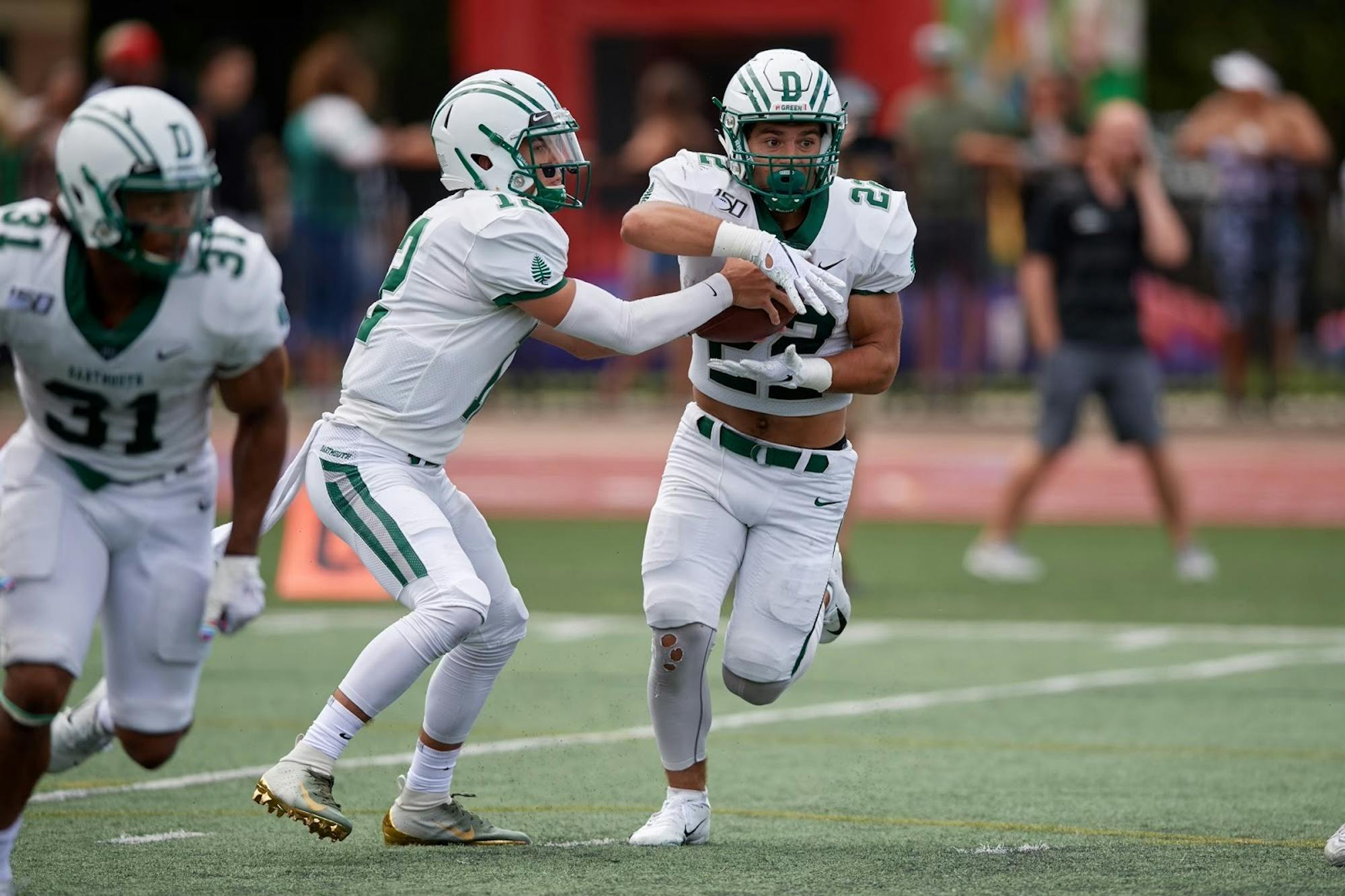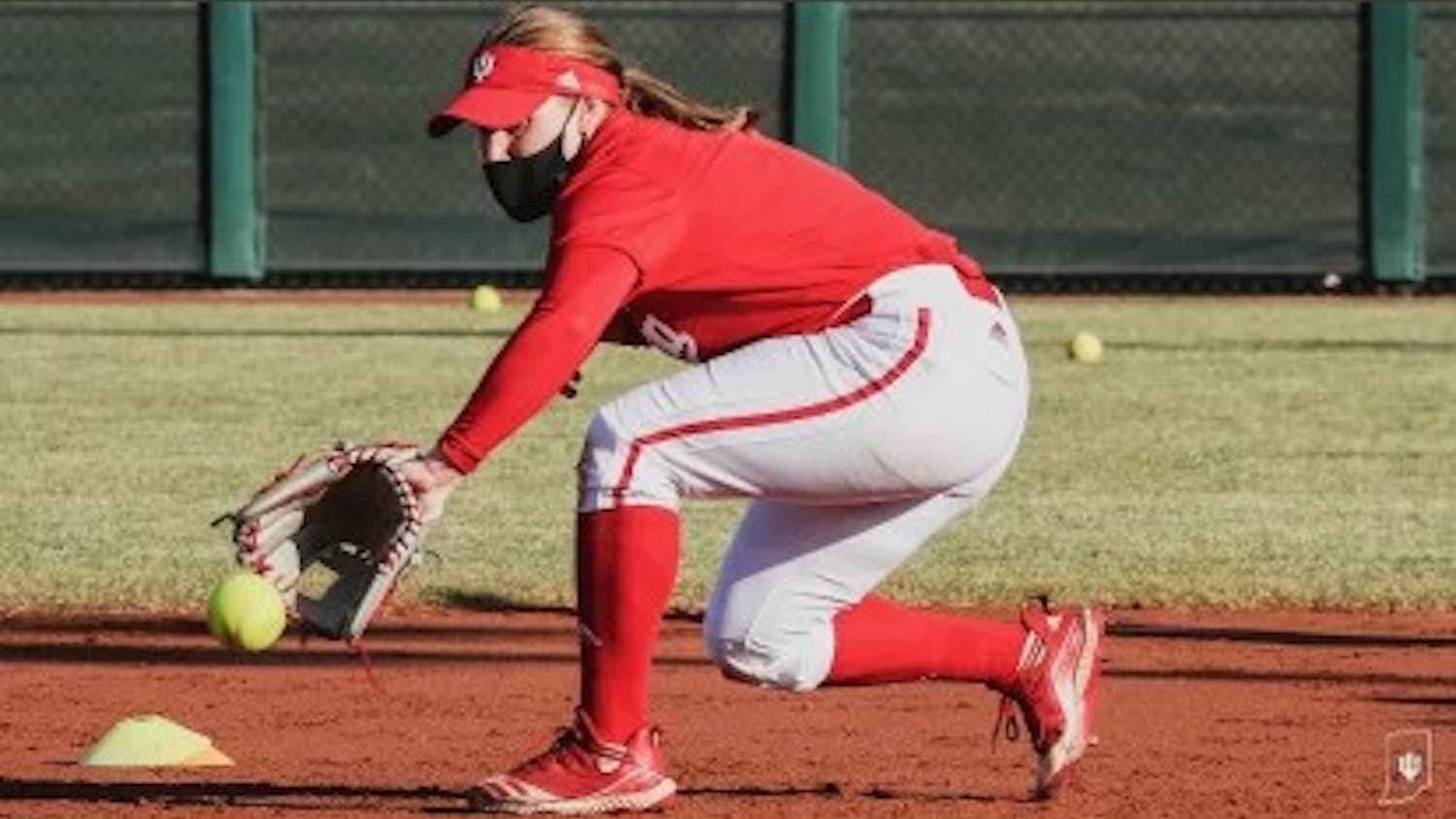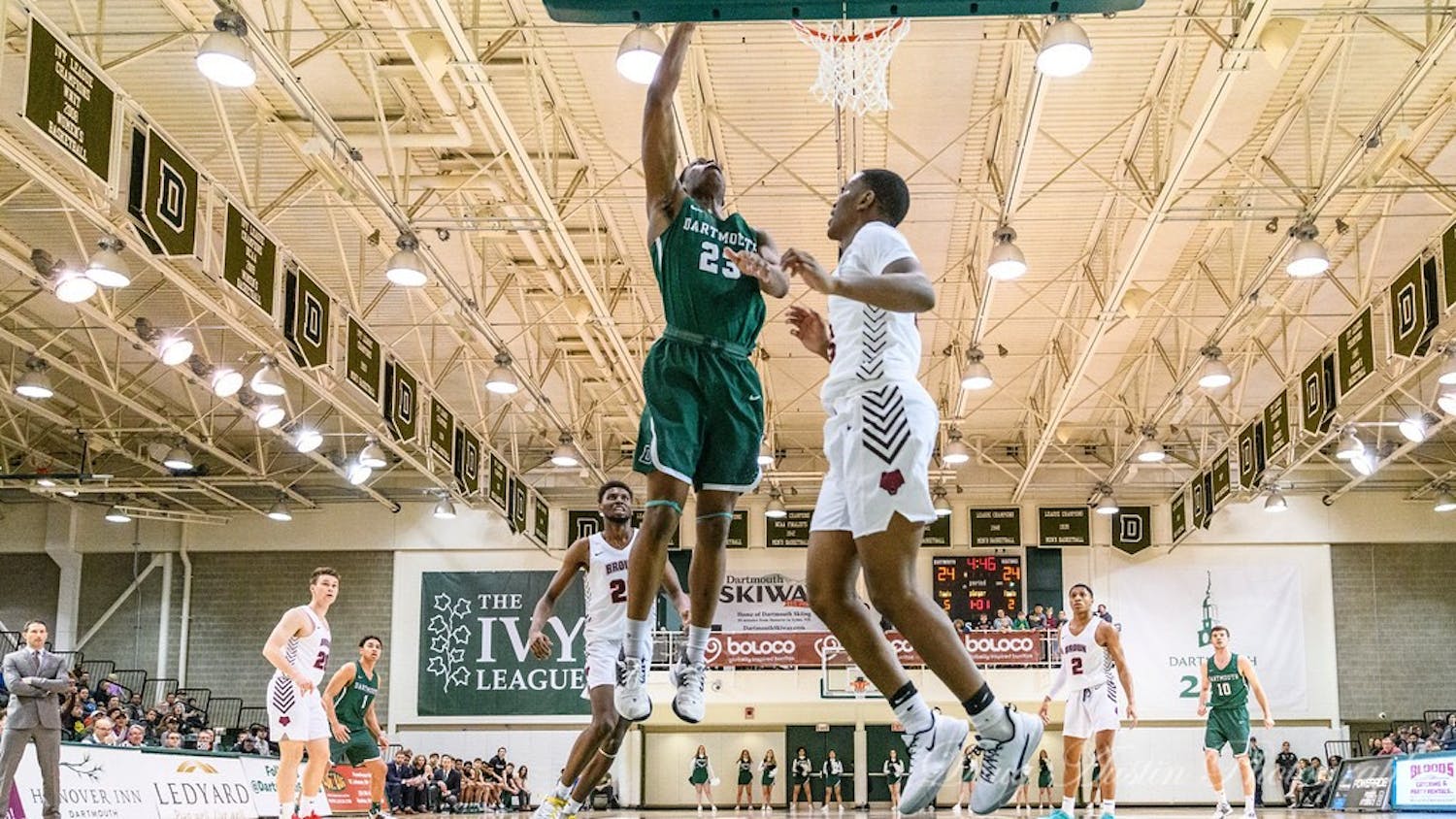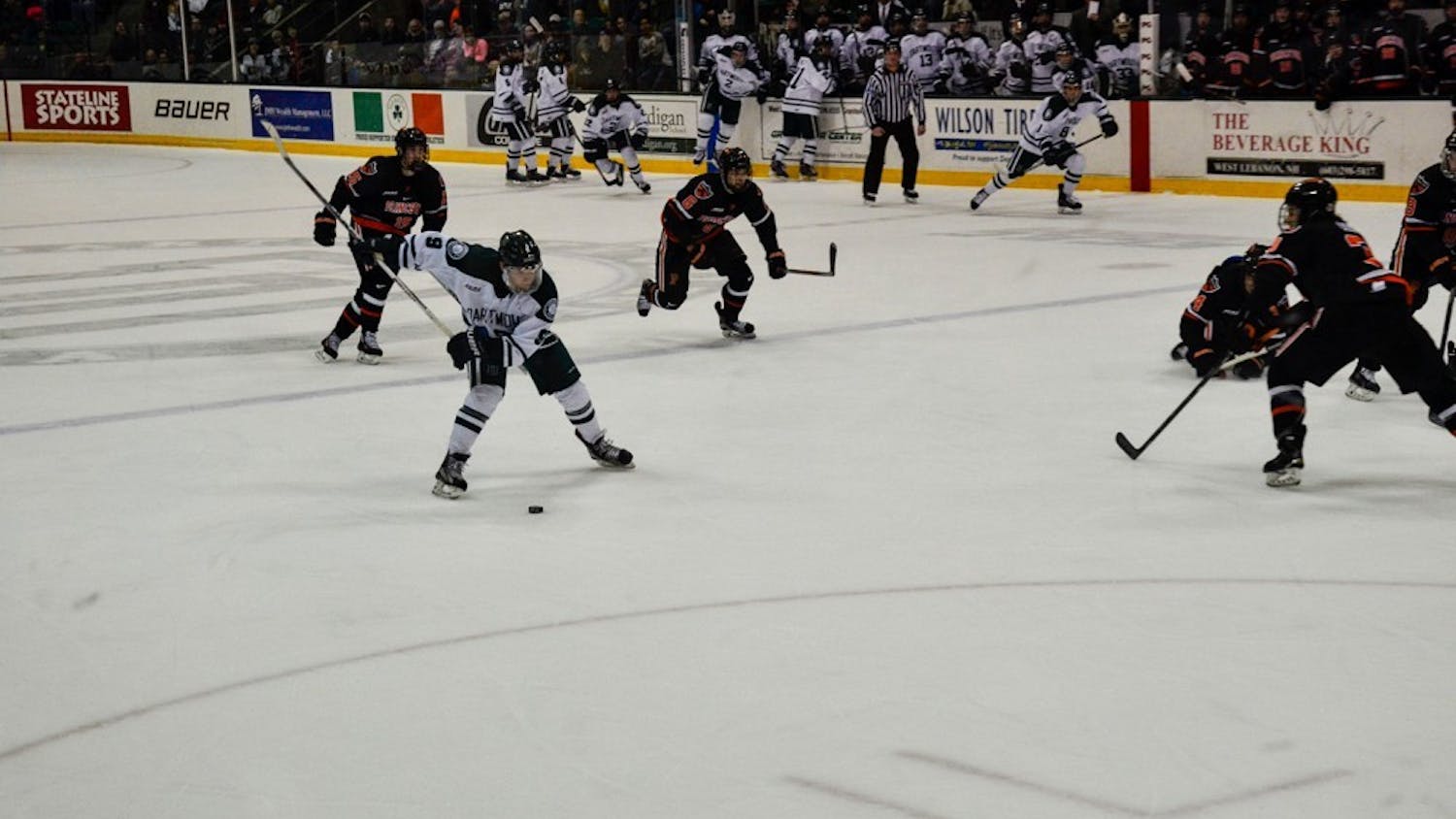The NCAA Division I Council ratified a new rule on Wednesday that will allow athletes in all sports to transfer once without sitting out a year in residence.
The decision will primarily affect student-athletes in the five traditional “revenue sports:” baseball, men’s and women’s basketball, football and men’s ice hockey. Long-standing NCAA rules have in the past prevented athletes in these five sports from playing in their first year after transferring. However, under the NCAA’s new transfer rule, athletes from all sports will be allowed to transfer once without being required to sit out their first year. Athletes who play fall and winter sports must notify their schools of their transfer decision by May 1 of the preceding year, and spring sport athletes must notify their schools by July 1. The council also voted to allow a blanket waiver for the initial year of the rule that sets the date for all athletes as July 1.
"The Division I Board of Directors ratified the adoption of legislation expanding the one-time transfer exception to all student-athletes, no matter what sport they play," the NCAA said in its press release. "The Division I Council adopted the legislation, which allows all student-athletes who have not transferred in the past the opportunity to compete immediately after transfer once in their period of eligibility.”
According to men’s basketball head coach David McLaughlin, most coaches expected the new legislation to pass, especially considering the unprecedented changes to college sports in the past year due to the pandemic.
The impact of the legislation on Dartmouth teams remains to be seen. Men’s hockey forward Matt Baker ’21, who is continuing his hockey career at the University of Massachusetts Amherst next year as a graduate transfer, hopes that the rule change will benefit Dartmouth.
“I would hope that Dartmouth would take advantage of this rule change,” Baker said. “Considering that [men’s hockey is] losing six seniors, if someone really does want to come to Dartmouth, I think it’d be beneficial to our team.”
Communication between the athletics department and teams about the new transfer rule has been limited thus far. According to McLaughlin, each team’s coaching staff has been preparing for the new rule change independently. McLaughlin added that Dartmouth’s traditionally low number of transfers has been a factor for Dartmouth teams.
“One, it’s very difficult to get transfers; even if they allow them, it depends on the year,” McLaughlin said. “It wouldn’t be wise for us to spend a tremendous amount of time researching and recruiting in [the transfer portal] because of the difficulty of transfers in the numbers here. A lot of that is because that’s because people don’t leave Dartmouth.”
While transferring in or out of the conference is not very common among Ivy League student-athletes, it is more prevalent in other conferences, according to Dartmouth football running back Zack Bair ’22.
“During my time at Dartmouth, not many kids have transferred out or transferred [into Dartmouth], so I don’t know how much of an effect it’s going to have on the Ivy League,” Bair said. “But I know it’s going to have a big effect on other FCS and FBS schools, especially FBS schools.”
Earlier this year, the Ivy League Council of Presidents voted to allow seniors an extra year of eligibility as graduate students. That change could have a large impact on student-athletes who can now stay at Ivy league schools beyond graduation. The new transfer rule, however, is not expected to have a major impact on the athletics transfer landscape in upcoming years, particularly due to Dartmouth’s smaller size and low transfer rates. McLaughlin noted that most Ivy League student-athletes who enter the transfer portal have already exhausted their undergraduate eligibility.
“At a lot of other schools in the nation, people are going into the portal any year… that’s not happening as much at all in the Ivy League,” McLaughlin said. “I think it just goes to show the value of the education and the experience. People aren’t willing to give that up just to talk to another school.”
Looking ahead to the next year of recruiting, both Dartmouth and other universities within the Division I pool will have to consider the impact of the streamlined transfer process.
“I think in the next couple of years, it will be that balance between programs of the priority of the portal and priority for high school students to transition to college,” said McLaughlin. “Coaches are going to have to determine when they recruit — looking at 17 or 18-year-olds in high school, or 21 and 22-year-olds who already have proven college experience.”
Bair and other student-athletes are pleased with the NCAA’s decision. Bair, for example, said he transferred schools in high school and was forced to sit out for a year due to the rules in New Jersey. He said that there are many reasons why student-athletes decide to transfer, and he is happy that they will no longer be penalized for it.
“Especially if it’s only for the first time, for whatever reason, I think that a player should be able to transfer without getting penalized,” Bair said.





